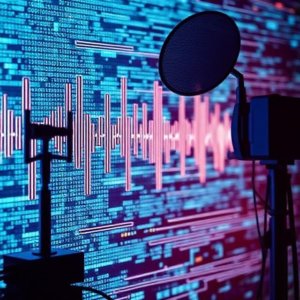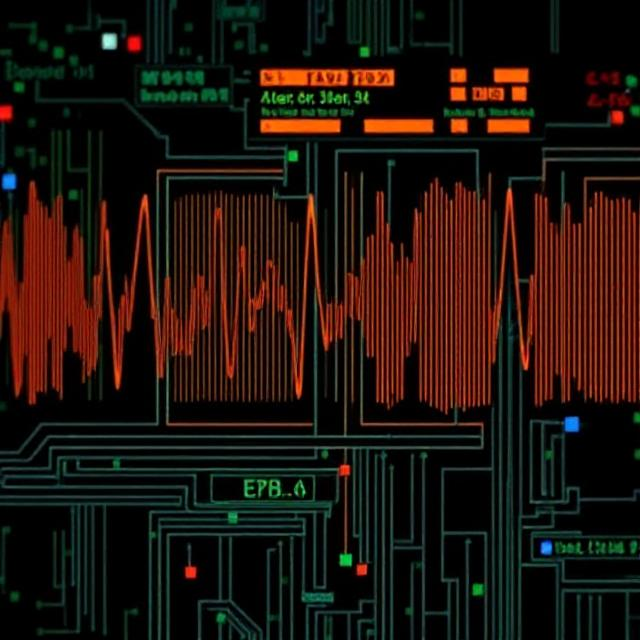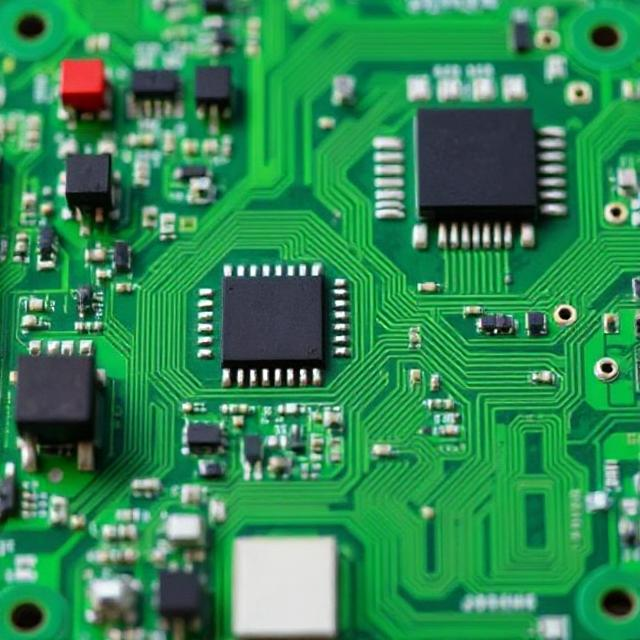What is Analog Communication?
Analog communication involves sending continuous signals to transmit information like voice, video, or data. These signals change smoothly over time and can be affected by noise or interference, but they’re still widely used in many areas because they are simple, effective, and suited for certain types of communication.
Here are some common applications of analog communication:

1. Radio Broadcasting
- How it works: Analog radio uses radio waves to carry sound information. The sound (like music or speech) is converted into an electrical signal that modulates the radio wave’s frequency or amplitude (FM or AM radio).
- Why it’s important: Analog radio is still one of the most common ways people listen to music, news, and other broadcasts. It’s simple and inexpensive, which is why it is widely available, especially in cars or on portable radios.
2. Television Broadcasting (Old Analog TV)
- How it works: Before digital TV, analog TV used continuous signals to broadcast video and audio. The video signal was modulated to carry the picture, and the audio signal was modulated to carry the sound. The TV receiver would decode this and display it.
- Why it’s important: Analog TV was the standard for decades and is still used in some parts of the world, though digital television has now replaced it in many countries. Analog TV was a key part of how people enjoyed entertainment and news.
3. Landline Telephones
- How it works: In traditional landline phones, your voice is turned into an electrical signal that varies in amplitude and frequency. This analog signal travels over wires and is received by the other person’s phone, where it’s converted back into sound.
- Why it’s important: Analog phone systems were used for many years before digital systems took over. However, analog signals are still used in some areas and for certain applications like basic telephone services in rural areas.
4. Audio and Music Systems
- How it works: Many audio devices (like speakers, amplifiers, and microphones) work with analog signals. For example, the sound produced by a microphone is an analog signal that gets amplified and then played through speakers.
- Why it’s important: High-quality analog audio is valued by musicians and audiophiles for its smooth, natural sound. Many music systems, particularly high-end sound equipment, still use analog components to produce clearer, richer sound.
5. Two-Way Radios (Walkie-Talkies)
- How it works: These devices use analog signals to transmit voice communication over short distances, typically in a push-to-talk manner. The voice signal is converted into an analog radio wave and sent to the other device.
- Why it’s important: Two-way radios are used in a variety of industries, such as security, construction, and emergency services, for quick and simple communication over short distances.
6. Sound Recording (Analog Recording)
- How it works: Analog recording devices (like vinyl records and cassette tapes) capture sound using continuous waveforms. For example, in a vinyl record, grooves are physically etched into the surface based on the sound waves, and a needle plays these grooves to recreate the sound.
- Why it’s important: Many people appreciate the warmth and richness of analog recordings. Even though digital formats are more common now, analog recordings still hold a special place in music culture.
7. Fax Machines
- How it works: A fax machine converts a physical document into an analog signal, which is sent over telephone lines to another fax machine, where it’s converted back into a physical document.
- Why it’s important: Fax machines were widely used in businesses for document transmission before email became popular. Though less common today, they are still in use in certain industries.
8. Public Address Systems (PA Systems)
- How it works: PA systems use microphones to capture sound, which is then transmitted as an analog signal to amplifiers and speakers. This allows the sound to be heard over large areas, such as in stadiums or public events.
- Why it’s important: Analog PA systems are still widely used in schools, airports, stadiums, and public venues for clear, real-time communication with large groups of people.
9. Microwave Communication (Point-to-Point)
- How it works: Microwave communication uses analog signals transmitted via radio waves over long distances, usually between towers or stations. It’s used for telephone and TV signals in remote areas.
- Why it’s important: Even though digital communication has taken over in many cases, microwave communication remains an important method for transmitting signals in certain regions, especially in places without fiber-optic cables.
10. Satellite Communication (Old Analog Satellites)
- How it works: Before digital satellite communication, analog satellites transmitted signals via radio waves to and from earth stations. This was used for television, radio, and data communication.
- Why it’s important: While digital satellites are now more common, analog satellites paved the way for global communication, providing services to remote areas and allowing broadcasts to reach wide audiences.
Why Analog Communication is Still Used:
- Simplicity: Analog communication systems are often easier and cheaper to implement.
- Real-Time Transmission: Analog signals can provide continuous, real-time transmission, which is crucial for things like live radio broadcasts.
- Quality: Some people prefer the “natural” sound and warmth of analog systems, especially in audio and music.
In Summary:
Analog communication is still widely used in applications like radio broadcasting, traditional telephony, sound recording, and two-way radios. Despite the rise of digital communication, analog remains important for many simple, real-time, and continuous communication needs.











